In the changing world of digital building, there's a really cool technology called Building Information Modeling (BIM). BIM helps architects, engineers, and builders work together on designing, making, and looking after buildings in a pretend world on the computer. To make sure everyone can work together smoothly in the building world, there are some rules called BIM standards. These rules are super important. In this article, we'll talk about what BIM standards are, why they matter, and the different levels of using BIM.
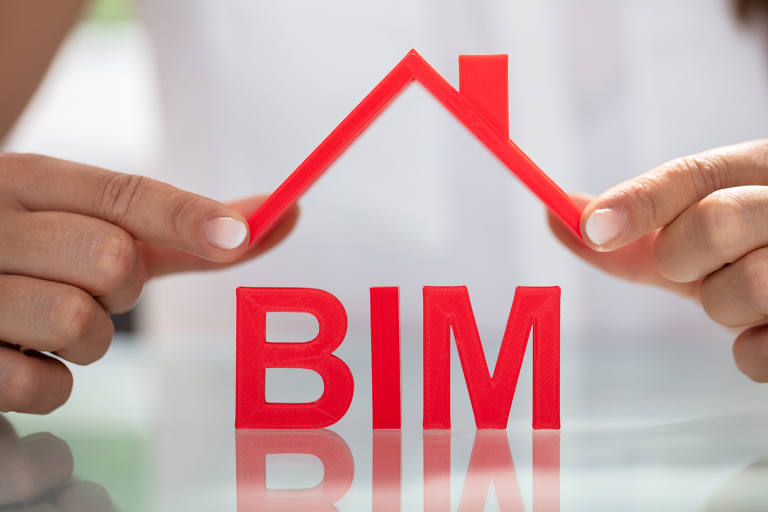
What are BIM Standards?
BIM standards are like rules that help people use digital information in BIM. They tell us how to make, share, and use information in BIM.
These rules make sure everyone does things the same way. They give steps for how to arrange data and what names to use. This helps everyone talk and share info without trouble. With BIM standards, everyone in a building project can work together nicely, even if they use different computer programs or tools.
The Significance of BIM Standards in Digital Construction
BIM Standards help teams from all over the world work together on models, even if they're far apart. When everyone uses the same BIM rules and data structures, sharing information becomes quick. This helps the team work together better and makes designing and building things faster.
BIM Standards show the right ways to make and use BIM models, but they also leave space for creativity. It's important to follow the main rules so that models fit well together and are good quality for building things.
Getting BIM certification is a way for groups to prove they're good at using BIM. When a team gets certified, it means they follow BIM Standards and are skilled with BIM. This makes clients trust them and shows they know how to use BIM well, which also improves projects.
BIM Standards make it simpler to use different tools with BIM models. When everyone follows the same standards, it reduces the time needed to fix problems and helps companies handle BIM better, which makes projects safer.
BIM Standards are different based on where you are. Building companies need to know which standards apply to their projects. Sometimes, they have to follow both local and global rules, especially if their project involves people or money from different countries. It's really important to follow all the right standards in these cases.
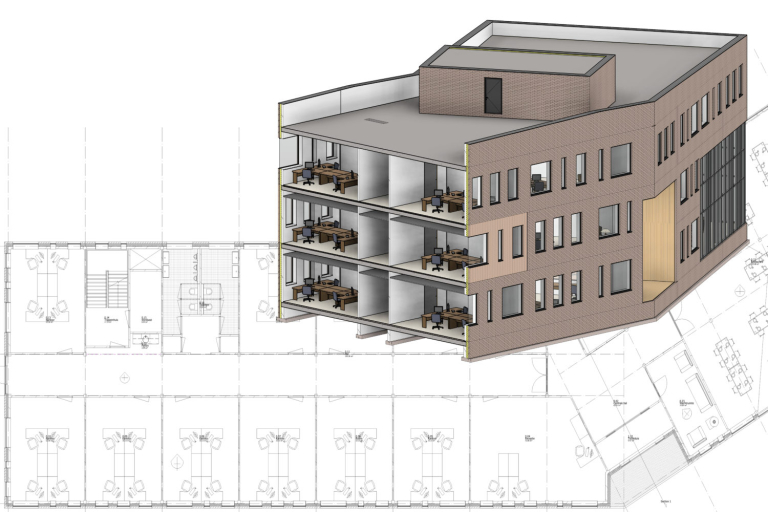
What are the Levels of BIM?
Building Information Modeling (BIM) has been around in the Architecture, Engineering, and Construction (AEC) industry for a while. Back in 2011, the UK government made a plan that required vendors who want to work on government projects to use BIM Level 2. They wanted to use BIM Level 3 for bigger projects by 2016.
BIM is like a teamwork system. It helps people share what they know about a building from the start to the end. This way, everyone can work together better in the AEC world. BIM has different levels of working together, from 0 to 3 and even more.
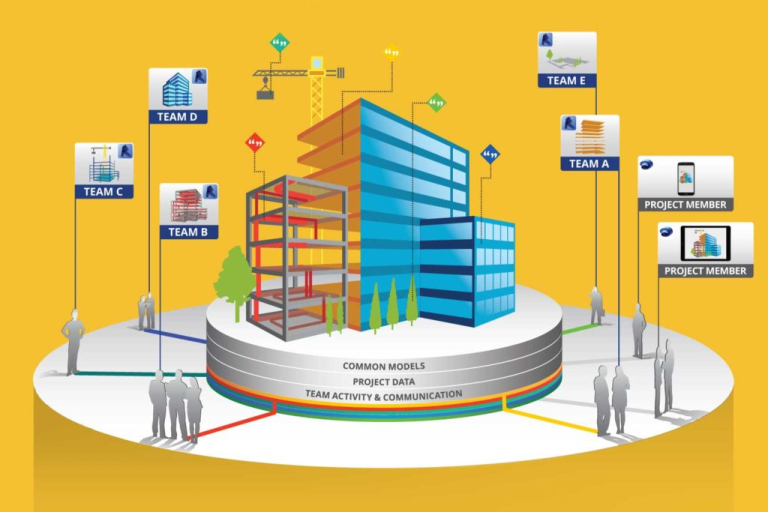
Level 0
Level 0 means a project where there's no teamwork. People use old-fashioned paper and 2D drawings made on computers. At this point, the main goal is to make plans on paper or on the computer. But hardly anyone uses this old way in today's world.
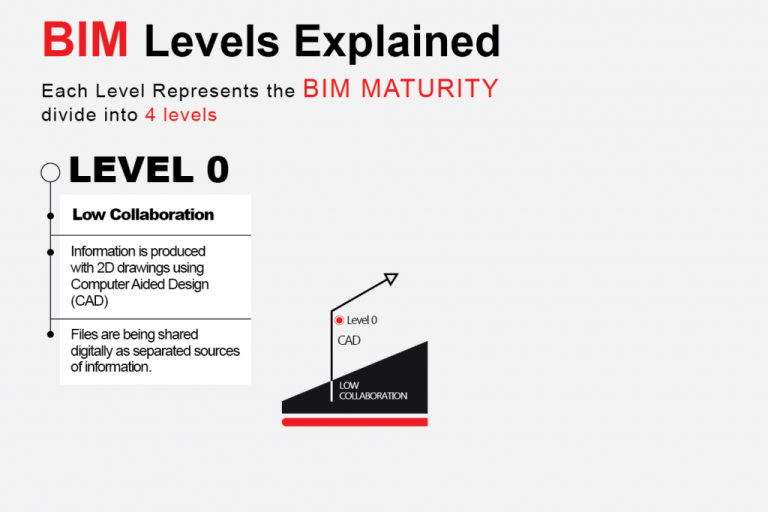
Level 1
Level 1 BIM means using both 3D computer drawings and 2D computer sketches. The 3D part is for getting ideas, while 2D is for making documents for approvals and plans.
People share digital info using a common place called a data environment, managed by the builder. They also follow certain rules for how to make drawings, called British Standards. At this level, there's not much working together among different groups. Each team does their own work without a lot of sharing.
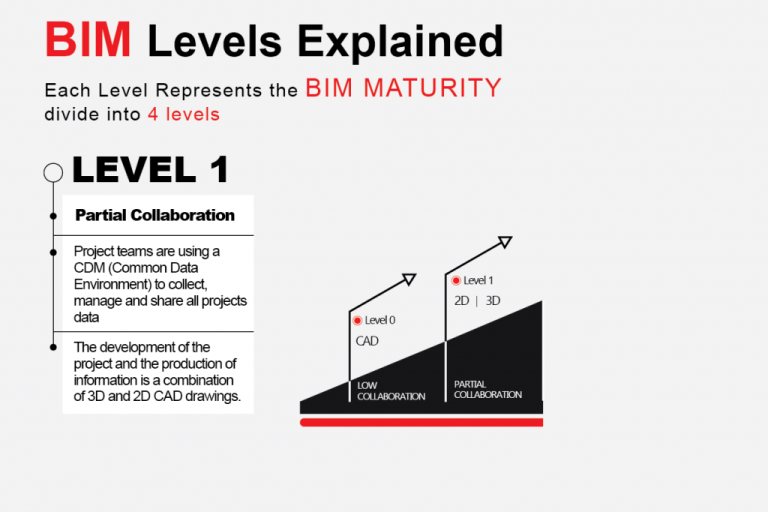
Level 2
Level 2 BIM is the required way to do things for public projects in the UK. It's all about working together. Every person involved gets their own 3D computer model. The most important thing is working together smoothly and giving info back and forth.
In this setup, each group does their work in their own 3D model, and they share data using a special file format. This cool system lets different groups mix their data to make one big BIM model. When everyone adds their ideas, the project gets better and the work gets easier.
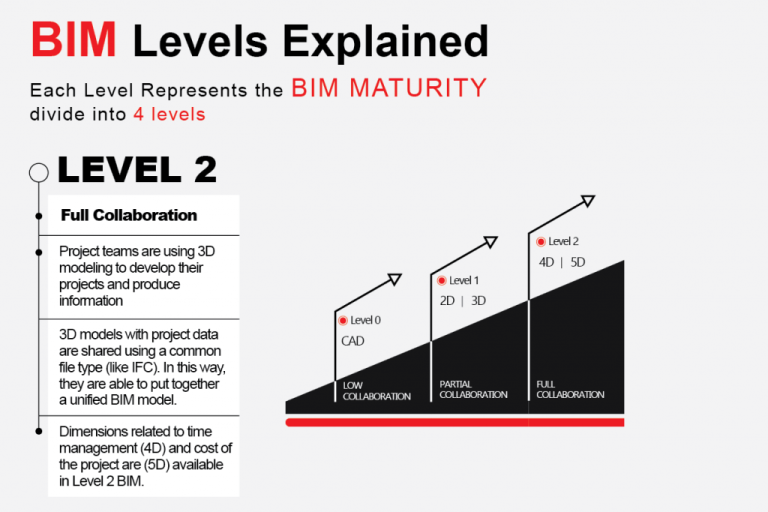
Level 3
Level 3 BIM, sometimes called 'Open BIM,' wants to make it better for different groups working on a building project to collaborate. At this level, everyone works on a shared model that's kept in one place. This means everyone can look at and change the same model at the same time, so there's less chance of having different information that doesn't match.
To do this, Level 3 suggests using a combined solution that follows open rules, like IFC. This makes sure all the project info is kept on one computer, so sharing info becomes easier.
Even though Level 3 BIM has the potential to make teamwork better, it's not completely defined yet. Many companies in the UK are thinking about moving from Level 2 to Level 3, but they're being careful because Level 3 means a big change. However, the good things it can bring might change how building projects are managed and done.
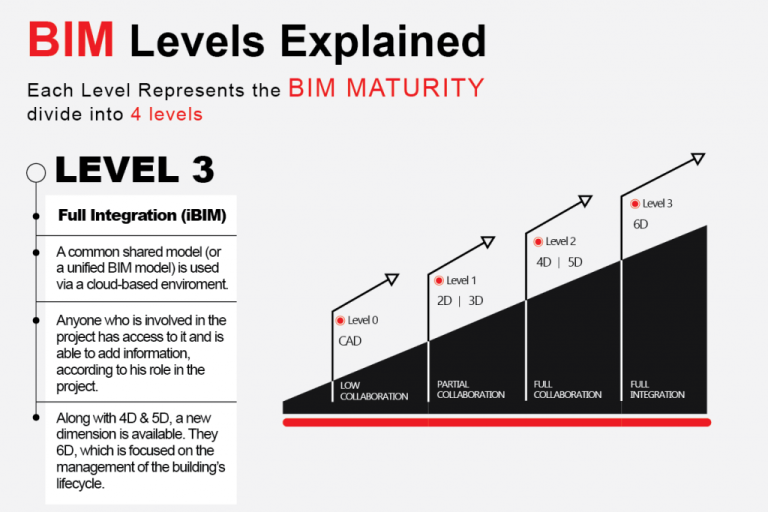
Read more:
How To Master BIM LOD (Level Of Development) Specification?
World of BIM Dimensions (3D, 4D, 5D, 6D, 7D, 8D, 9D, 10D)
Conclusion
Step into the exciting world of Harmony AT. We have a mix of experience and skills waiting for you. When you come to our main office, you'll see a company that's been doing BIM/CIM Modeling services for construction projects for over 20 years. We're really committed to changing how projects are designed and done. We're leaders in using the latest tech in engineering.
Together, we'll face any challenges without fear. We'll make communication better and give you results that are beyond what you expect. Harmony AT is a place where new ideas and working together make something great. There are so many possibilities here, and we're reaching for things you might not even think of.
If you want to get more information about our services, please contact us here. We're always there to answer all your questions.
Categories





